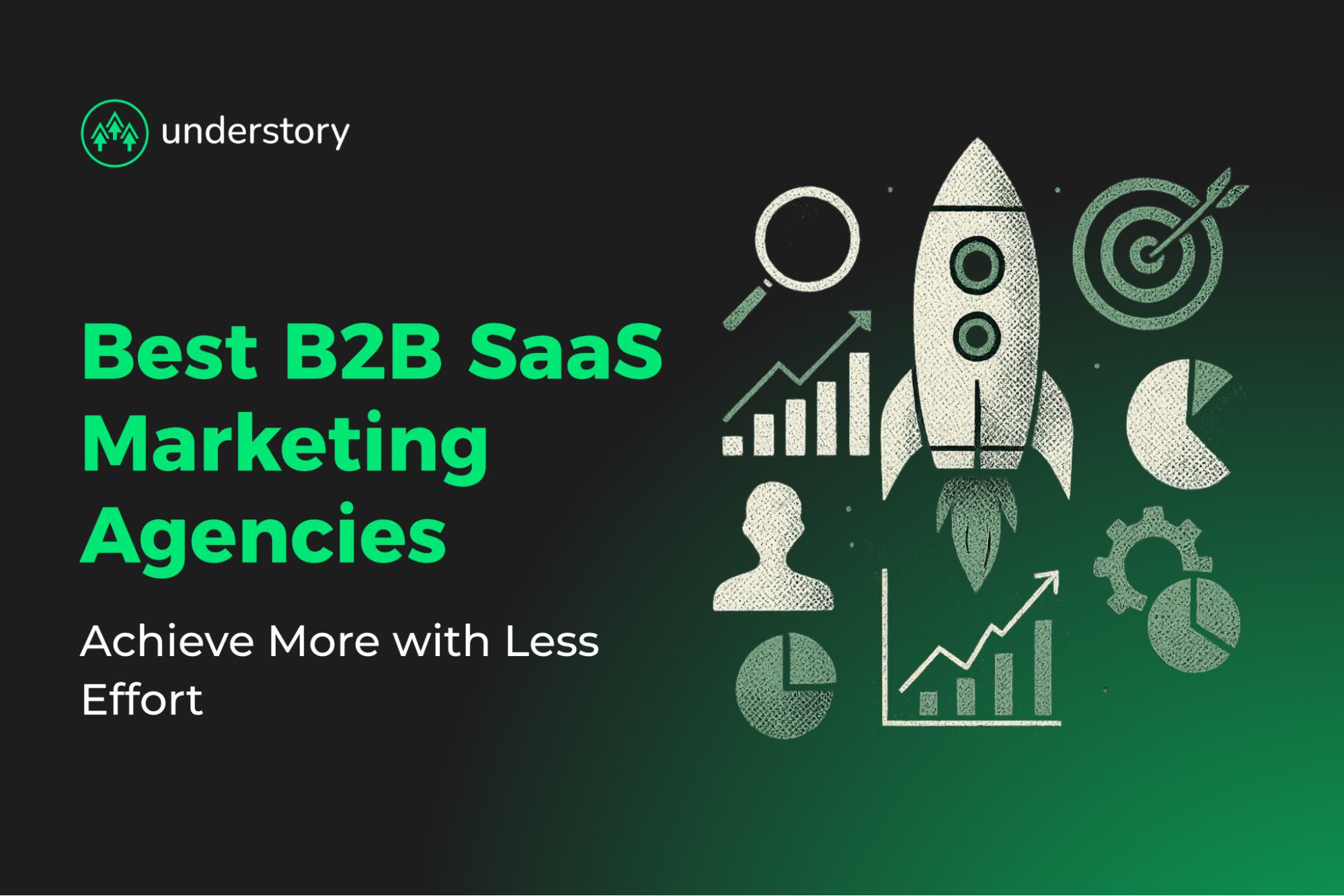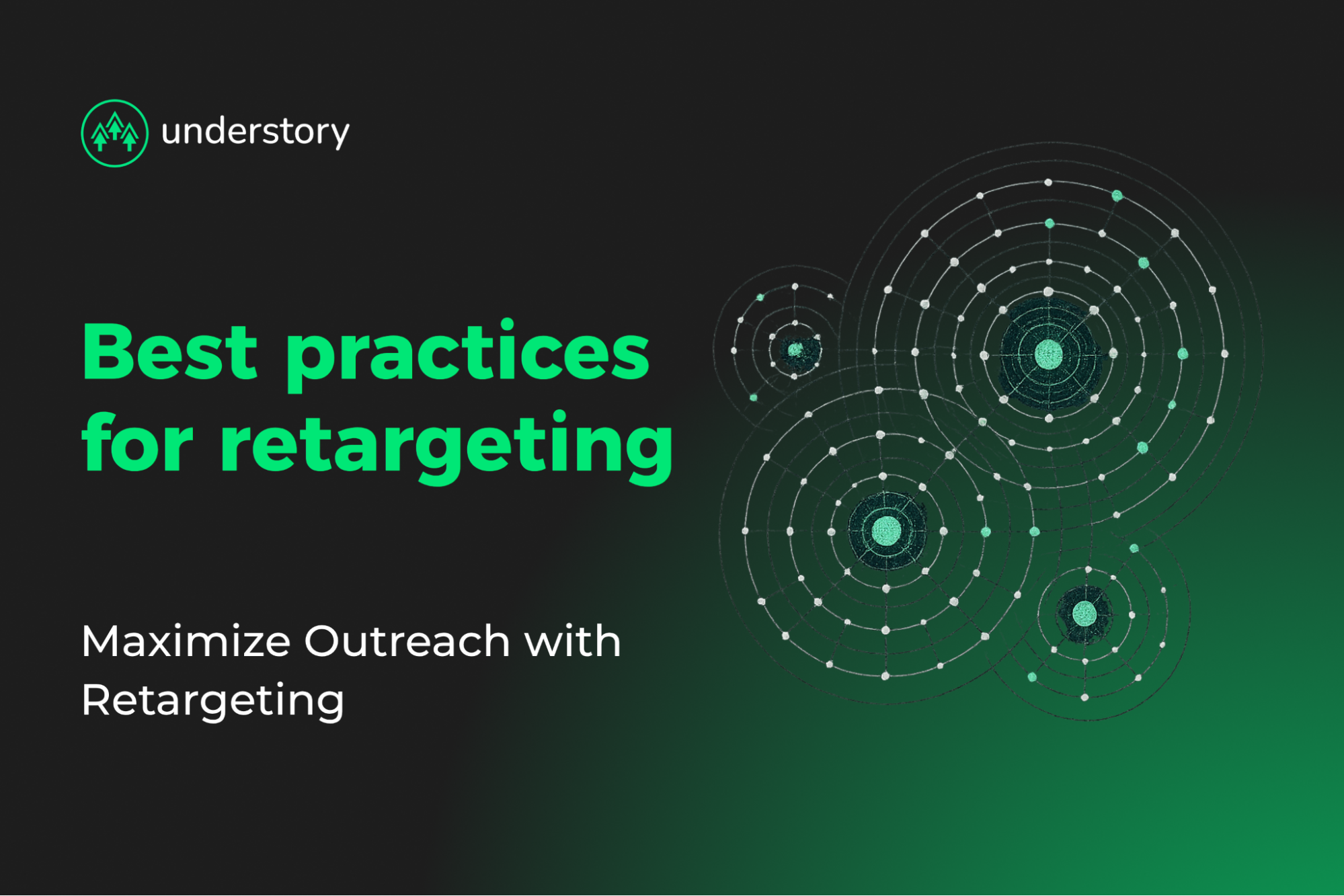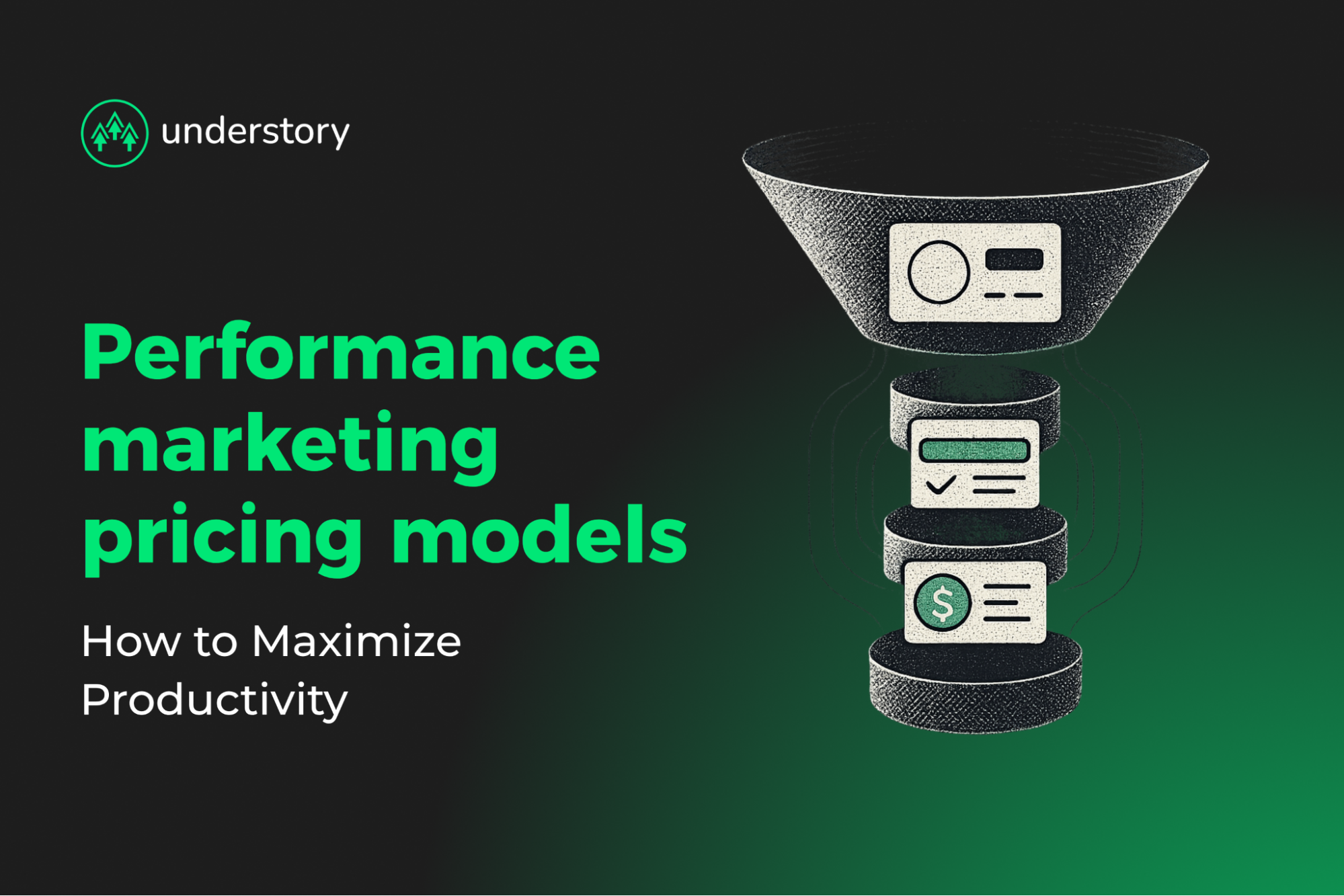

How to Do Cold Calling Effectively (Plot Twist: It's Warm Calling)
Improve your outreach success by turning your cold outreach into informed warm calls that catch your customers’ attention.
Traditional cold calls waste time and yield minimal results, but that doesn't mean you should stop calling prospects entirely. Warm calling, informed by thoughtful research and prior engagement, delivers far higher conversions than cold outreach.
The key difference between warm and cold calling is the use of data to inform strategic touch points.. Reaching out after a prospect downloads a guide, interacts with LinkedIn content, or attends a demo continues an existing conversation instead of interrupting workflows. This builds trust with technical buyers, shortens discovery cycles, and focuses effort on high-intent accounts.
Many SaaS teams struggle to synchronize paid media, outbound efforts, and creative resources, leaving prospects with fragmented experiences. Integrating prospect research across channels and using multichannel signals turns cold outreach into strategic, data-driven conversations that close deals quickly and drive measurable revenue impact.
In this blog, we'll show how to improve your cold calling efforts so you can turn every dial into a warm, informed conversation that actually converts.
Phase 1: Prospect research and data enrichment
Turning cold calls into warm, informed outreach starts with thorough prospect research. A warm call is only as strong as the intel you gather before you dial. Anchoring outreach in up-to-date signals, like funding rounds, role changes, or product launches, transforms random calls into timely conversations with higher successful connect rates.
Map your ideal customer profile
Begin by defining your ideal customer profile. Reverse-engineer your top SaaS customers, noting annual recurring revenue, team size, tech stack, and the workflow pain points your product solved.
Modern CRMs like HubSpot let you codify these attributes and automatically score new leads, so reps focus on the accounts most likely to close. Teams using this approach report sharper prioritization and faster pipeline velocity.
Track events triggering buying intent
Next, track trigger events that signal buying intent such as funding announcements or acquisitions, key hires (e.g., new VP of Product), or feature releases or roadmap shifts. Also watch for engagement spikes, including ebook downloads, pricing-page visits, webinar attendance.
Sources like LinkedIn, Crunchbase, and company blogs identify these signals. Sync them to your CRM and set automated alerts so you can spot when leads may be open to warm outreach.
Update each prospect record before you call. Add direct dial, preferred pronouns, tech stack, mutual connections, and a concise pain hypothesis. Here's a lightweight pre-call checklist for your CRM notes.
Warm-call checklist:
- Prospect role:
- Recent trigger event:
- Tech stack flag (e.g., uses Snowflake):
- Suspected pain point:
- Relevant customer proof:
- Mutual connection or referral:
- Lead score / ICP fit:
This research is not a one-time task. Plan to update data regularly to keep it fresh.
Phase 2: Craft research informed openers and scripts
With research and enrichment complete, every second of your call must prove its value. Before dialing, craft a one-sentence opening script linking the trigger to the pain you solve.
Example: "Congratulations on last week's Series B. Teams scaling that fast usually struggle to keep infra costs predictable; is that on your radar yet?"
A research-informed opener shows you understand the prospect's world and sets up a discovery-first conversation rather than a cold product pitch. Personalization is essential. B2B buyers are more likely to engage when outreach references prior interactions or known pain points.
Warm-call openers generally fall into four repeatable categories:
- Trigger-Based: Reference recent milestones like funding, product launches, or role changes to create urgency and relevance. Example: "Congrats on last week's Series B. Teams doubling headcount usually hit a process bottleneck; is smoothing onboarding already on your radar?"
- Social Proof: Invoke peer success stories to lower resistance. Example: "We've helped organizations in the fintech space address reconciliation challenges. Are you open to a quick comparison given your similar stack?"
- Curiosity-Driven: Pose insight-teasing questions that uncover hidden gaps. Example: "Many SaaS teams waste a significant percentage of MQLs due to delayed hand-offs. Have you audited your conversion lag lately?"
- Shared Interest: Leverage mutual contacts, events, or content for instant rapport. Example: "We both commented on the RevOps AMA about attribution models yesterday. Your point on multi-touch decay stuck with me. Mind if I expand on it?"
For each category, create multiple templates by swapping variables like funding amounts, peer logos, metrics, or event names. This keeps personalization high without burning rep hours and prevents over-scripting.
Here's a full, annotated warm-call flow you can paste into your playbook:
Permission-seeking opener: "Hi Taylor, this is Alex with Understory. We connected on LinkedIn after last week's SaaStr panel. Did I catch you with two minutes to see if a quick context share even makes sense?" Shows respect for time and anchors a shared event.
Trigger / social proof hook: "I noticed your team just rolled out usage-based pricing. We helped SaaSCo navigate that shift last quarter and uncovered a churn-risk blind spot. Thought the findings might help you dodge the same issues." Blends trigger and peer result.
Problem-probing questions: "Out of curiosity, how are you tracking power-users versus casual adopters post-launch? What happens today when a heavy user's bill unexpectedly triples?" These open-ended questions surface pain points.
Value proposition delivery: "We built a lightweight cohort analysis workflow aimed at flagging potential billing shock before it occurs. Clients have used this workflow to improve net retention, though specific results may vary and are not universally documented." Delivers a concrete outcome framed to the surfaced pain.
Next-step call-to-action: "If mapping your own cohorts would be useful, I can walk you through the template on a 20-minute Zoom this Thursday. Does 10 a.m. work, or is later better?" Offers a specific, low-friction action.
Objection cushion (if needed): "Totally fair, calendars are brutal. Would sending the template with a two-minute Loom overview help you gauge fit first?" Provides an alternative while keeping momentum.
Keep the script conversational by leading with value in the very first sentence. Listen more than you talk. Aim for a 50% talk ratio, and resist demoing mid-call. Document pain points for personalized follow-ups via email or LinkedIn.
Build your opener library, stick to discovery-driven flow, and every dial becomes a continuation of the conversation, not an interruption.
Phase 3: Run the call considering flow, discovery, objections
While the opening line of the call gets permission to continue the conversation, the rest of the call needs to take your research into account to keep the prospect interested.
Follow a structured four-part arc: permission, discovery, value framing, and next-step commitment. Be ready to address objections anywhere in the flow of the call. This keeps conversations focused without sounding scripted.
Secure permission and establish context
To get prospect buy-in, make sure the opener you have planned shows respect for their time and positions you as a logical potential partner, rather than a random cold call.
Open with a reference to a prior touchpoint: "I noticed you downloaded our scalability checklist yesterday—do you have two minutes?"
Calls referencing specific interactions consistently outperform generic greetings.
Shift to discovery
Once permission is granted, uncover the prospect's specific pain-points quickly. Focus on challenges, not features: "Walk me through how you're handling user growth spikes today."
Speak less than you listen. Balanced talk-to-listen ratios improve engagement and rapport.
Frame value in the prospect's language
Link their stated pain to concrete outcomes: "Based on what you shared, our auto-scaling module typically cuts server spend by 18–22% for companies at your stage."
Specific, relevant examples always outperform vague claims.
Lock in the next step
Before ending the call, confirm the follow-up. Whether it's a technical demo or stakeholder discussion, propose a specific time and send a calendar invite while still connected.
Treat objections as data, not rejection
At any point in the call, be prepared to reframe objections to your pitch. Use the following approach: acknowledge, clarify, reposition.
Here are a few examples:
- "We're already using a competitor." → "Totally understand. What do you wish that tool handled better?"
- "No budget right now." → Re-anchor on ROI or offer a pilot with deferred payment.
- "Send me information." → Confirm what they need, then schedule a brief follow-up.
- "Timing isn't great." → Explore the underlying priority and align your solution accordingly.
Reframing their objection avoids the conversation ending entirely and shows that you will listen to their perspective.
Capture insights immediately
Every discussion provides useful insight. Use a lightweight, structured template to log notes during calls like the version below:
Warm call notes:
- Prospect: {{Name}} | Company: {{Company}
- Role & Responsibilities:
- Trigger Event:
- Stated Pain Points:
- Quantifiable Impact ($, %, time):
- Solution Fit Notes:
- Objections Raised & Root Cause:
- Next Step & Date:
Review conversations objectively
Learn from each call to continue to improve your approach. Treat each "no" as insight into timing, messaging, or fit. Capture structured observations, identify patterns that lead to conversions, and iterate. Every warm call executed this way advances your SaaS pipeline and improves subsequent outreach.
Coordinate your calls with outreach on multiple channels
After mastering research, openers, and call flow, the next step is coordinating outreach across channels. Teams that combine phone, email, and LinkedIn outperform call-only approaches. Each touch reinforces context and familiarity, making every dial feel relevant rather than intrusive.
Here are two suggested timelines to improve the success of warm outreach:
14-day inbound nurture for high-intent leads
Call within two hours of a form fill, leaving a brief voicemail and following up with an email and calendar link. Connect on LinkedIn two days later, then make a second call on day four referencing their LinkedIn activity.
Follow up with a value email on day seven, a short LinkedIn voice note on day ten, and close the sequence with a final call-email on day fourteen to check if priorities have shifted.
30-day outbound sequence for pre-warmed cold lists
Begin with a pain-point email, then make the first call the next day referencing that email.
Follow up with a short video email on day five and LinkedIn engagement on day eight. Make a second call on day eleven, optionally send an SMS on day fifteen, then a customer quote email on day twenty.
Make a third call with voicemail on day twenty-five. If the connection has been unsuccessful, close the sequence with a break-up email on day thirty.
Execution matters as much as sequencing:
- Keep voicemails under 25 seconds, focused on one benefit.
- Follow up via email for prospect convenience.
- Use CRM automation to maintain timing.
Coordinating touches this way ensures every channel supports the next, transforming cold outreach into warm, high-context conversations that drive pipeline.
Scale your warm calling with Understory's allbound approach
Warm calling effectively scales effectively when touchpoints follow a coordinated, multi-platform plan. Understory helps SaaS teams achieve this with expert-led allbound marketing that coordinates outbound efforts, including warm calling, with paid media and graphic design to create a consistent experience for your customers.
We partner with you to identify your ideal customer profile and coordinate outreach across outbound sequences, including phone, email, and LinkedIn, so every touchpoint is relevant and timely. Book a call with Understory and turn every cold call into a warm, revenue-driving conversation.




